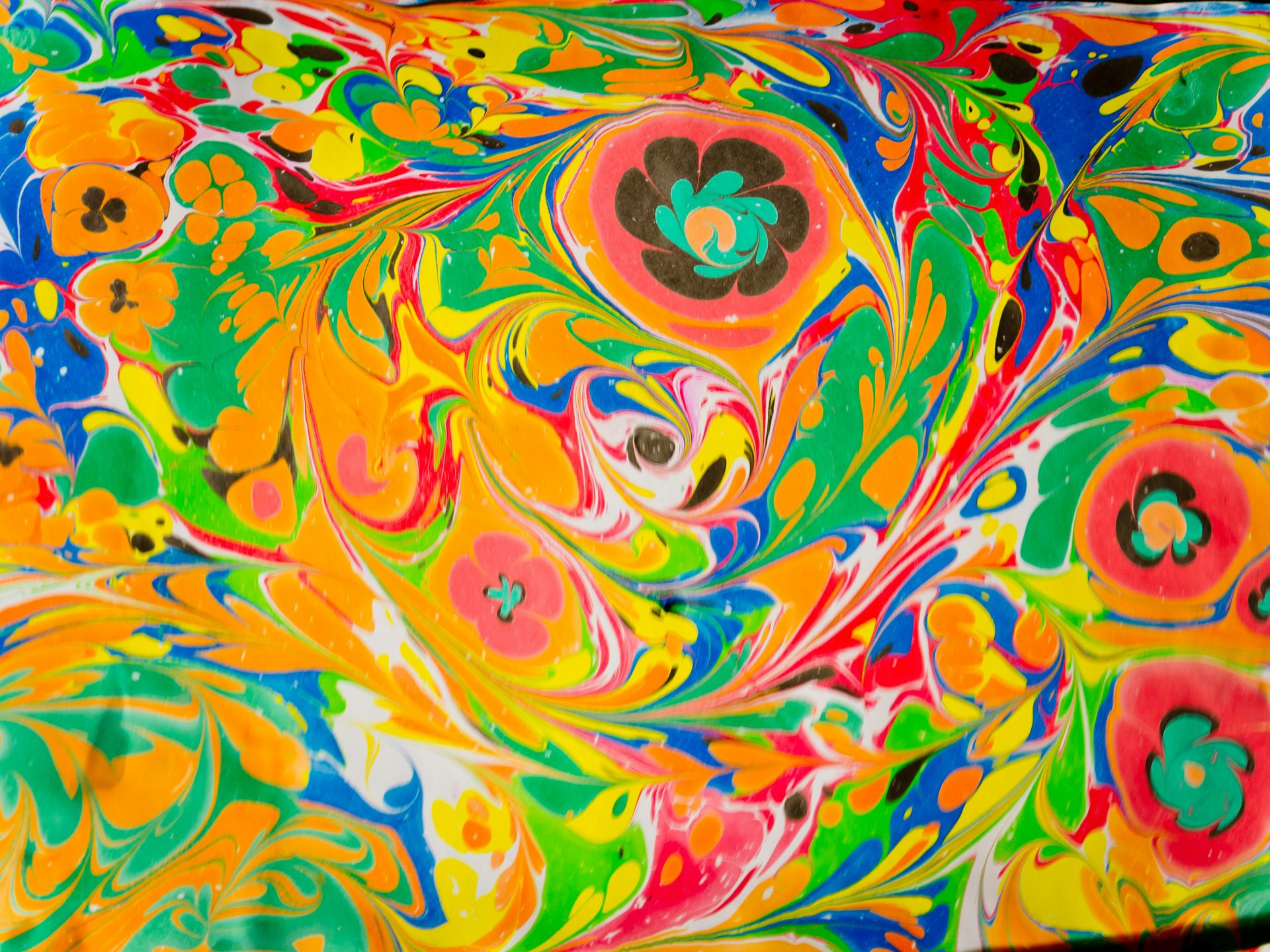How to Choose the Right Paint Colors for Your Home

Before diving in, please note: This post is for informational purposes only. If you’d like to know more about how we approach topics, feel free to check out our friendly Disclaimer Page.
Hey there, amazing readers! 🖐️ Just a quick note: yes, we know there are a lot of ads here. Trust us, we get it—it’s not the prettiest look, but they help us keep this blog alive and kicking. Those pesky little ads cover the costs of all the behind-the-scenes magic, from hosting and tech stuff to creating content we hope you’ll love.
We’re committed to delivering quality posts, and your support (even just sticking around despite the ads) means everything to us. So, bear with us, and thanks for helping us keep the good vibes rolling. Now, on to the fun stuff! 😉
TRANSLATE BUTTON AT THE END OF THE ARTICLE
Choosing the right paint colors for our home can feel like embarking on a grand adventure.
With a world of hues and shades at our fingertips, it’s easy to get overwhelmed.
But fear not!
Together, we will explore this colorful journey, ensuring our living spaces reflect our personality, evoke the right emotions, and create an inviting atmosphere.
So, grab your paint swatches, and let’s dive into the vibrant world of color selection!
Understanding the Impact of Color
Before we start picking colors, let’s take a moment to appreciate the psychology behind them.
Colors can profoundly affect our mood and perception of space.
Warm Colors: Think of reds, oranges, and yellows.
These hues are energizing and can make a room feel cozy and inviting.
However, they can also be quite intense, so using them wisely is key.
Cool Colors: Blues, greens, and purples evoke feelings of calmness and tranquility.
These colors are perfect for bedrooms and relaxation areas, helping us unwind after a long day.
Neutrals: Grays, whites, and beiges provide a versatile backdrop.
They can make spaces feel open and airy or warm and inviting, depending on how we accessorize them.
Understanding how each color affects our emotions can guide us in creating spaces that resonate with our desired ambiance.
Consider the Function of Each Room
Next, let’s think about the purpose of each room.
Different spaces have different vibes, and our color choices should reflect that.
Living Room: This is often the heart of the home, where we gather with family and friends.
Warm, inviting colors can create a cozy atmosphere, making everyone feel welcome.
Shades of soft yellow or warm taupe can work wonders here.
Kitchen: Kitchens are bustling spaces filled with activity.
Bright, cheerful colors like light green or soft coral can stimulate creativity and make cooking feel fun!
Bedroom: This should be a sanctuary for rest and relaxation.
Cool, soothing colors like soft blues or gentle grays can create a peaceful environment that promotes a good night’s sleep.
Bathroom: Here, we often seek cleanliness and tranquility.
Light, airy colors like pale blues or crisp whites can make this space feel fresh and calming.
By considering the function of each room, we can choose colors that enhance our daily activities and experiences.
Assessing Lighting Conditions
The light in a room plays a significant role in how paint colors appear.
Let’s explore how to assess lighting conditions effectively.
Natural Light
Natural light varies throughout the day and can dramatically change how a color looks.
North-facing rooms: These receive cool, indirect light, which can make colors appear muted.
Warmer shades might brighten up these spaces.
South-facing rooms: They get plenty of sunlight and tend to make colors look brighter and more vibrant.
Cooler tones may appear more saturated here.
Artificial Light
Artificial lighting also affects color perception.
The type of bulbs we use—incandescent, LED, or fluorescent—can alter how colors look.
Incandescent bulbs: These create a warm, yellowish light, which can enhance warm colors and make them feel cozy.
LED bulbs: Depending on the temperature (warm white vs. cool white), LED lights can make colors appear crisper or softer.
By evaluating the lighting conditions in our home, we can make informed decisions about how our chosen colors will look at different times of the day.
Creating a Color Palette
Now that we understand the impact of color and assessed our space, let’s create a cohesive color palette!
This will help us harmonize colors throughout our home.
Start with a Base Color
Choose a neutral base color for larger areas, like walls or large furniture pieces.
This will serve as the foundation for our palette.
Whites and Grays: These timeless choices can work in any space, providing a clean canvas for adding color.
Add Accent Colors
Once we have a base color, we can introduce accent colors to create interest.
Complementary Colors: These are opposite each other on the color wheel.
For example, if our base is a warm beige, a deep blue could make a stunning accent.
Analogous Colors: These sit next to each other on the color wheel.
Using a combination like soft green and blue can create a soothing and harmonious effect.
Test with Swatches
Before committing to a color, let’s grab some paint swatches and test them out!
Paint Samples: Apply samples on the wall to see how they look in different lights and at different times of the day.
Observe: Live with the colors for a few days before making a final decision.
Getting Inspired
Sometimes, we might need a little inspiration to help us along the way.
Here are a few ideas to ignite our creativity:
Nature: Take a stroll outside and observe the colors in the natural world.
The earthy tones of bark, the vibrant greens of leaves, and the subtle blues of the sky can provide fantastic ideas for color palettes.
Art and Decor: Browse through home decor magazines, websites, or even visit local galleries.
Finding a piece of art that resonates with us can spark color ideas for our spaces.
Social Media: Platforms like Pinterest and Instagram are filled with beautiful home decor ideas.
Create boards to collect inspiring images and color combinations.
Consulting with Professionals
If we feel overwhelmed or unsure, consulting with a professional can be incredibly helpful.
Interior designers or color consultants can offer valuable insights and advice tailored to our specific spaces and preferences.
Understanding Our Vision: A professional can help us articulate what we want and suggest colors that align with our style.
Avoiding Common Mistakes: They can guide us in avoiding common pitfalls, like choosing colors that clash or don’t suit our lighting conditions.
Bringing It All Together
Once we’ve selected our colors, it’s time to bring our vision to life!
Here are some tips for successfully painting our spaces:
Preparation: Properly prep the area by cleaning surfaces, filling holes, and taping edges.
This will ensure a smooth and professional finish.
Quality Paint: Invest in good-quality paint.
It not only provides better coverage but also lasts longer and looks better.
Technique Matters: Whether we’re rolling, brushing, or spraying, using the right techniques will make a difference in the final result.
Let It Dry: Allow ample drying time between coats to achieve a flawless finish.
Final Touches and Decor
Once the paint is dry and our walls are transformed, it’s time for the fun part—decorating!
Accessorize: Add personal touches with artwork, pillows, rugs, and plants that complement our new colors.
Layering Textures: Incorporate various textures to add depth and interest, such as soft fabrics, shiny surfaces, and natural materials.
Conclusion
Choosing the right paint colors for our home is an exciting process that allows us to express ourselves creatively.
By understanding the impact of color, considering the function of each room, assessing lighting conditions, creating a cohesive color palette, and consulting professionals when needed, we can transform our spaces into beautiful, inviting environments.
So, let’s grab those paint brushes and start our colorful journey!
Happy painting!

The Enlightenment Journey is a remarkable collection of writings authored by a distinguished group of experts in the fields of spirituality, new age, and esoteric knowledge.
This anthology features a diverse assembly of well-experienced authors who bring their profound insights and credible perspectives to the forefront.
Each contributor possesses a wealth of knowledge and wisdom, making them authorities in their respective domains.
Together, they offer readers a transformative journey into the realms of spiritual growth, self-discovery, and esoteric enlightenment.
The Enlightenment Journey is a testament to the collective expertise of these luminaries, providing readers with a rich tapestry of ideas and information to illuminate their spiritual path.
Our Diverse Expertise 🌟
While our primary focus is on spirituality and esotericism, we are equally passionate about exploring a wide range of other topics and niches 🌍📚. Our experienced team is dedicated to delivering high-quality, informative content across various subjects ✨.
To ensure we provide the most accurate and valuable insights, we collaborate with trusted experts in their respective domains 🧑🏫👩🏫. This allows us to offer well-rounded perspectives and knowledge to our readers.
Our blog originally focused on spirituality and metaphysics, but we’ve since expanded to cover a wide range of niches. Don’t worry—we continue to publish a lot of articles on spirituality! Frequently visit our blog to explore our diverse content and stay tuned for more insightful reads.





